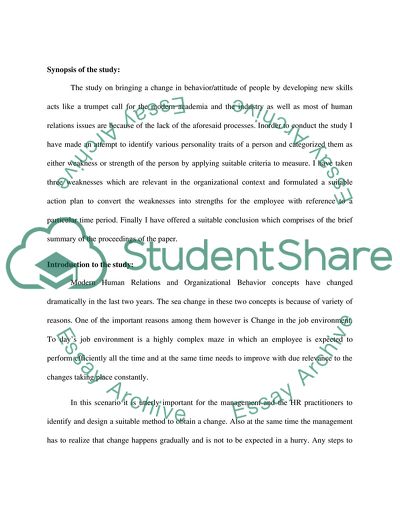Cite this document
(Bringing a Change in Behavior by Developing New Skills Case Study, n.d.)
Bringing a Change in Behavior by Developing New Skills Case Study. https://studentshare.org/human-resources/1716420-management-course-human-relation-plan
Bringing a Change in Behavior by Developing New Skills Case Study. https://studentshare.org/human-resources/1716420-management-course-human-relation-plan
(Bringing a Change in Behavior by Developing New Skills Case Study)
Bringing a Change in Behavior by Developing New Skills Case Study. https://studentshare.org/human-resources/1716420-management-course-human-relation-plan.
Bringing a Change in Behavior by Developing New Skills Case Study. https://studentshare.org/human-resources/1716420-management-course-human-relation-plan.
“Bringing a Change in Behavior by Developing New Skills Case Study”. https://studentshare.org/human-resources/1716420-management-course-human-relation-plan.


